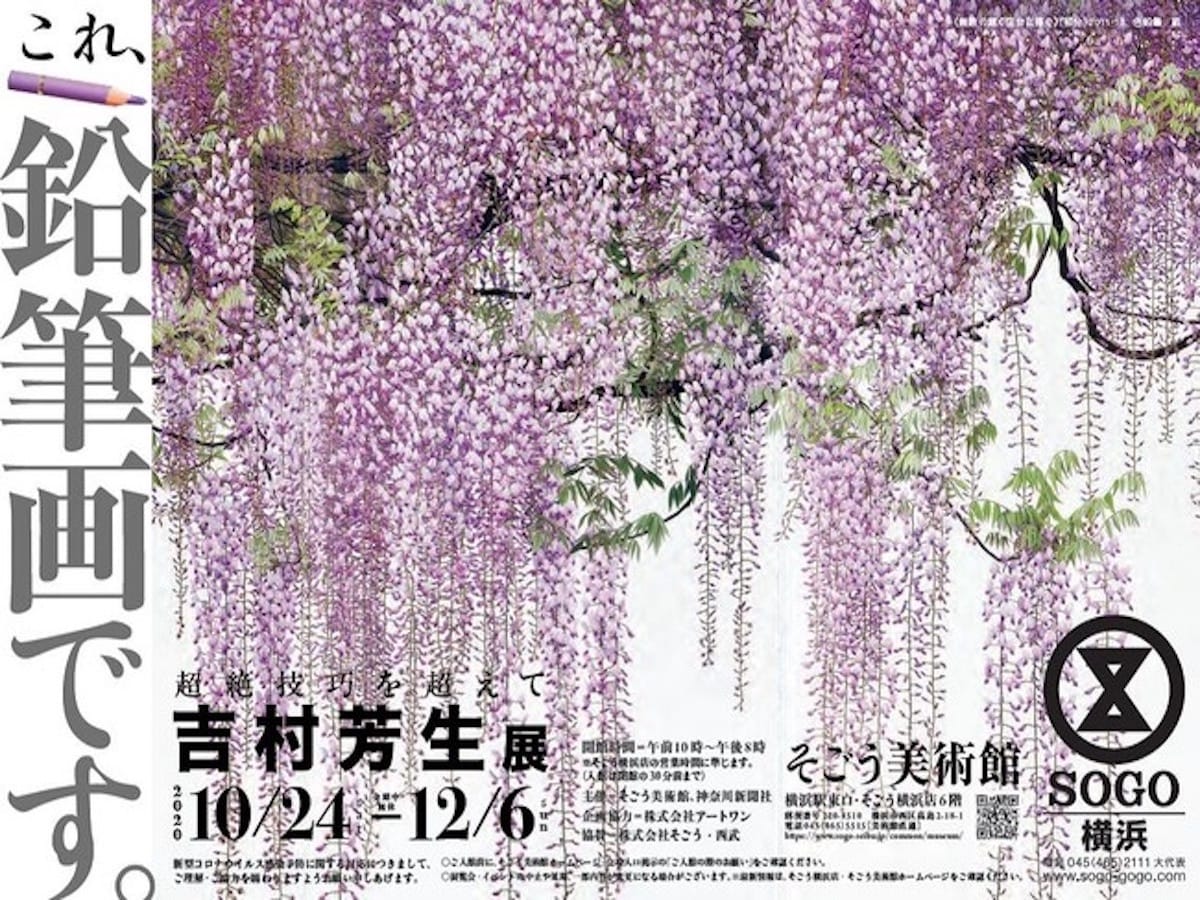
Source: © PR Times, Inc.
Exhibition of drawings by masterly Yoshio Yoshimura opens at Sogo Museum of Art in Yokohama
Related Article
-
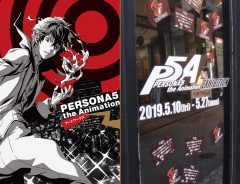
PERSONA5 the Animation EXHIBITION In Tokyo and Fukuoka, Artworks Book To Go On Sale
-
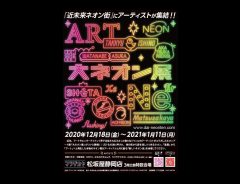
Mesmerizing exhibition of neon artwork in Shizuoka to run until January 11th, 2021
-
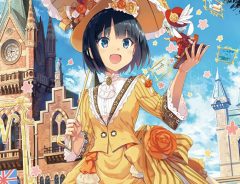
Eshi-100 Exhibition of 100 Leading Anime and Manga Illustrators in Akihabara
-
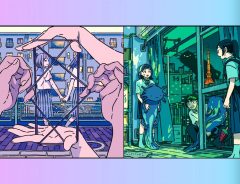
Japanese artist’s illustrations dare you to find fantasy in ordinary Tokyo apartments
-
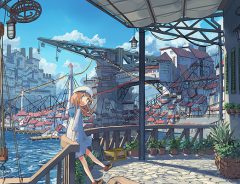
Lure of the City: Upar’s Airy and Uplifting Illustrations Will Kindle Your Wanderlust
-
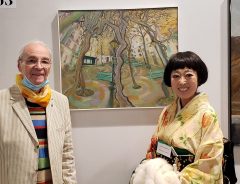
Japanese Artist Mimei Sakamoto Reflects on Journey to Prestigious Salon d’Automne


The first large-scale retrospective of works by the artist Yoshio Yoshimura (1950-2013), who is known for his extraordinarily detailed pencil drawings, has opened at the Sogo Museum of Art in Yokohama. The exhibition includes some of Yoshimura’s best-known work from the early years to the closing stages of his career.
Born in Yamaguchi prefecture in 1950, Yoshio Yoshimura graduated from Yamaguchi College of Arts, and worked as a designer at an advertising agency for five years before going back to art school to study printmaking.
In his early years, Yoshimura created monochrome works that used original techniques to depict light and dark using materials from everyday scenes such as newspapers and wire mesh.
His work was soon selected to take part in art exhibitions in Japan and overseas, where he was much admired for his incredibly detailed depictions, sophisticated drawing techniques and wonderful sensitivity to colour.
‘Drawing wire mesh’, 1977, pencil, paper, 97 x 1686.7 cm | © PR Times, Inc.
‘Drawing of wire mesh’ is a large-scale drawing of about 18,000 individual meshes that he produced for his first solo exhibition at the Ai Gallery in Ginza in 1977. After stacking paper and wire mesh together and pressing them together on a copperplate print press, he traced over the indentations on the paper with a pencil to make them appear three-dimensional. The drawing is 17 metres long and took him over two months to complete.
Yoshimura compared his meticulous reproduction of the wire mesh to long-distance running. For him, art was a spiritual exercise in completely eliminating the emotions. Unlike most modern artists, he made no claims to originality. He was an incredibly skilled drawer, but most of his work was based on hours of laborious copying from photographs.
For him, copying was a venerable tradition that had been obliterated by the modern age, which celebrates its ability to reproduce images and art in bulk. He hoped that by reviving the noble art of copying, he would be able “to regain some of the feelings that humans have been robbed of by machine civilization.”
‘Jeans’, 1983, pencil, paper, 150 x 110 cm | © PR Times, Inc.
Though you’d hardly know it by looking at it, Yoshimura’s drawing ‘Jeans’, from 1983, is a drawing of a photograph. To make it, he enlarged a photograph of a pair of jeans and drew a 2.5 mm square with a stylus. He copied each of the squares on to a piece of paper with the enlarged grid, a technique that allowed him to create a life-like copy of every crease in the fabric of the jeans.
‘Self-portrait in New Delhi,’ 1986, coloured pencils, paper, 73 x 73 cm | © PR Times, Inc.
Yoshimura’s started drawing himself early on in his career. In 1985, he visited India as an exhibiting artist for an exhibition of contemporary Japanese painting held at the National Museum of Modern Art in New Delhi. The strong sunlight and intense colours he saw there proved to be great stimuli.
He completed a series of self-portraits while he was in India. One of them is ‘Self-portrait in New Delhi’. Drawn with vivid colours using coloured pencils, it marks his switch from monochrome to colour drawings.
‘Newspaper and self-portrait 2008.6.15 Chugoku Shimbun,’ 2008, pencil, coloured pencil, water-based pen, ink, watercolour on paper, 146 x 109.1 cm | © PR Times, Inc.
Yoshimura once said, “newspapers are portraits of society” and “the same as self-portraits.” He completed ‘Newspaper and self-portrait’ in 2008. It is another example of his attention to detail and his determination to eradicate all trace of himself in his work.
First, he made a copy of a newspaper and enlarged it. Then he applied carbon paper to the copy and transferred it to drawing paper. He then painstakingly copied all of the type, including letters, advertisements and photos. The self-portrait is a hand drawn copy of a photograph.
‘Perspective from the unknown world’, 2010, coloured pencils on paper, 202 × 1022 cm | © PR Times, Inc.
In 1985, Yoshimura moved to Tokujihori in Yamaguchi Prefecture, where he relished drawing inspiration from the abundant nature around him. At over ten metres in length, ‘Perspective from the unknown world’ is one of his largest works. It depicts the scenery of the Niho River in Yamaguchi prefecture. The rape blossom and dead grass sway in the wind, and the surface of the water mirrors the flowers and the clouds in the sky. By turning them upside down, Yoshimura created an unknown world with no heaven or earth, where fiction and reality, the everyday and the extraordinary, are interchangeable.
Flowers drawn with bright colored pencils began to appear as motifs in his later work. Interestingly, he depicted the flowers in this drawing in less detail than in his other drawings of flowers, as he turned his interest towards composition and the contrast of light and dark.
Yoshimura described flowers as “an endlessly repeating world, like life itself, like the Pure Land.” Here, the background of the yellow rape blossoms at the bottom of the screen is intentionally painted in black, giving a bewitching vividness and an intimation of death.
Yoshimura’s worldview, like his art, evolved over the course of his career. In later years, critics marveled at his ability to switch between techniques and styles. It has been said that his work varies so much that its’s hard to believe it was all done by the same person.
‘Dedicated to countless shining lives’, the drawing at the top of this article, was completed in 2011-13. It depicts the splendour of a wisteria tree in full bloom. The photograph on which Yoshimura based his drawing forms part of the exhibition. Looking at it, you can see crucial differences. Yoshimura printed multiple photographs of the same part of the wisteria flower, pasted them together several times, and stretched them horizontally so that they appear longer.
Yoshimura said that he was inspired to create this work by the Great East Japan Earthquake of 2011, and that each flower represented the soul of one of those who died.
Yoshio Yoshimura continued to work energetically but died in 2013 at the age of 63. He left an indelible mark on the contemporary art of Japan.
The Sogo Museum of Art is on the sixth floor of Sogo’s Yokohama store, which you can find outside the East Exit of Yokohama Station. The museum is open from 10:00 am to 8:00 pm daily.
The exhibition runs from October 24th until December 6th, 2020. Last admission is at 7:30 pm. Entry is ¥1,100 for adults, ¥900 for students and free for junior high school students and younger. There is a ¥200 reduction for holders of a Millennium/ Club On Card, Seven Card Plus or Seven Card.
For more information, please check the exhibition's homepage at the Sogo Museum of Art.